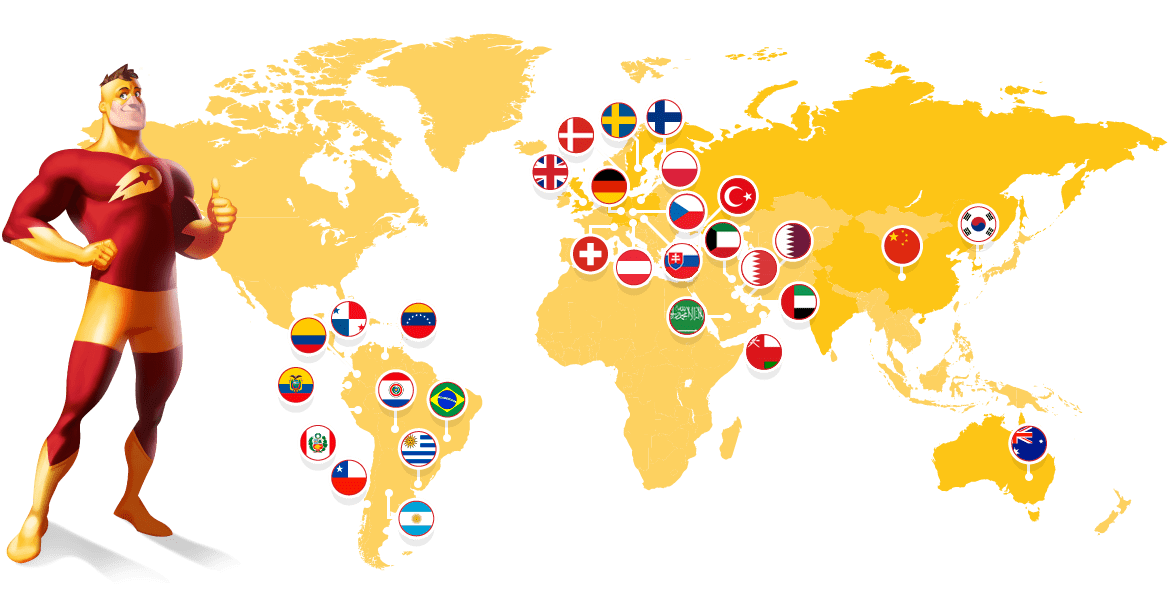Berlin-based Delivery Hero announced recently that it has secured an additional $110 million in funding from two unidentified U.S.-based “leading public market investors.” This recent funding round brings Delivery Hero’s total investment deals to over $1 billion, with almost $600 million of those funds secured in 2015 alone. Prior investors include Insight Venture Partners, Rocket Internet, General Atlantic, and a number of U.S. public fund managers. The company plans to use the recently acquired funds to boost selective acquisitions and conduct intensive product development.
Although the company’s CEO Niklas Östberg has insisted on keeping the timeline and details vague, the company plans to make its IPO sometime after 2015. “Our view is that we will be prepared later this year but will wait until we see a clear benefit from it,” he told TechCrunch. “Right now we enjoy the benefits of being private. We have the same financial backing as our public peers while being able to act very long term. This makes us the worst possible competitor you can have. Therefore no plans to IPO in 2015.”
With an active presence in over 34 countries, Delivery Hero offers customers “the easiest way to find your food.” The company promotes delivery service in the digital age by allowing customers to locate their favorite foods with ease and convenience from work, home, or on the road. The mobile or tablet app provides the user with a map identifying the location of all the restaurants and delivery services within a certain geographical area.
In the United Kingdom, for example, Delivery Hub maintains hungryhouse.co.uk, featuring over 10,000 restaurant partners offering over 40 types of cuisine. The website and downloadable app provide users with the location, hours, delivery options, and reviews of these restaurants.
In order to increase its geographical sweep, Delivery Hub has made a series of strategic acquisitions around the globe, including the purchase of Turkey’s Yemeksepeti for $589 million in May 2015, and its purchase of Pizza.de in August 2014 that resulted in Delivery Hero reaching a valuation of $1 billion.
“We are a product leader today but plan to make a step change by the end of the year,” says Östberg. “We will stay focused on food.” This could include a host of product expansion options, such as the home-delivery meal kits served up by Blue Apron, high-end restaurant delivery, or routine grocery shopping deliveries.
Delivery Hero’s potential addition of other food-related product services and the increasing popularity of online food delivery could be a welcomed beginning for many folks—not just college kids and late night noshers. The United States Department of Food and Agriculture is paying an increasing amount of attention to the abundance of food deserts throughout the United States and the world at large.
A food desert is defined as “urban neighborhoods and rural towns without ready access to fresh, healthy, and affordable food.” As opposed to grocery stores, these regions may have no access to food, or only have access to convenience stores and fast food chains that offer few—if any—healthy, affordable food options. According to the USDA’s current estimations, roughly 23.5 million people live within a food desert and half of those individuals are low-income.
Although Delivery Hero’s target audience consists largely of the fast food and takeout crowd, opening up the service to general grocery delivery or meal kit delivery may provide people who currently live within a so-called “food desert” with healthier and more easily accessible food options. Considering that most food deserts tend to fall on rural areas where the population is spread thin and shopping centers are often tens-of-miles apart, knowing that your next meal could be only a phone call away may provide much needed relief for folks without reliable transportation or busy moms who can’t always make the trek to the nearest food store. And when it comes to distance, “nearest” may mean living over ten miles from the nearest food market.
One of the biggest hurdles and unanswered questions for many current online food delivery providers, however, is cost. Traveling father to make a delivery may mean increased delivery fees, which could make the service prohibitively expensive for many low-income food desert dwellers. As innovation and interest in this sector increase, companies may find new and cost-effective ways to help our rural neighbors get the increased access to food that they need.
Using the internet to connect people throughout the globe to a more diverse and reliable food source could play a major part in helping the current food system meet its ever-increasing production demand. For many people, this sort of service could really put the “hero” in Delivery Hero.
Have news or tips? Email [email protected].




